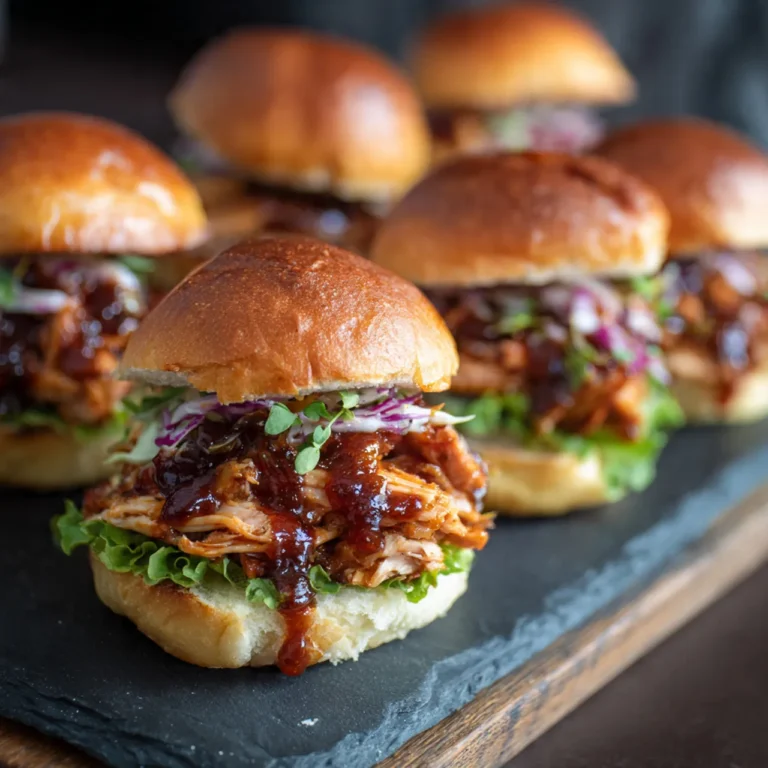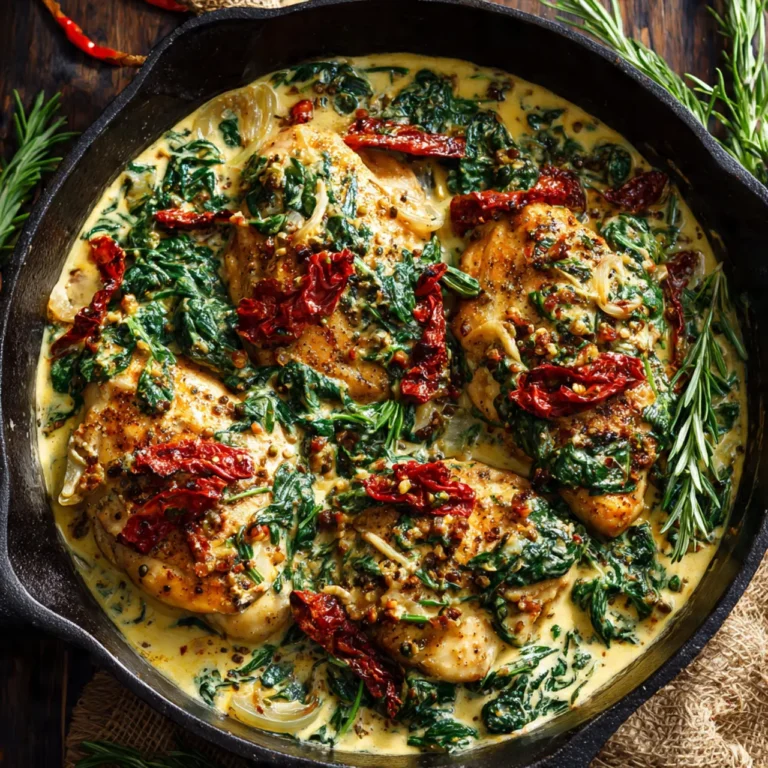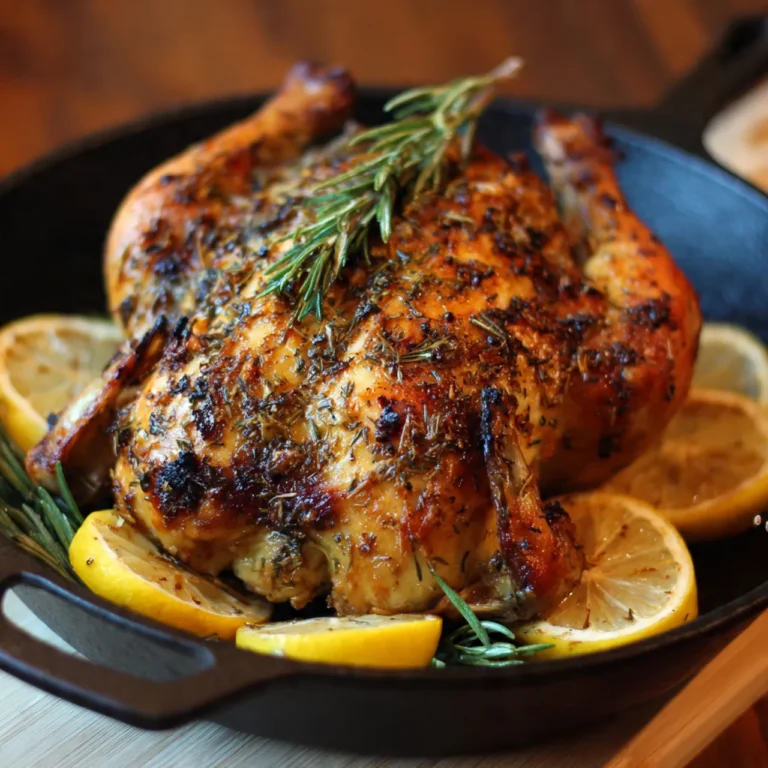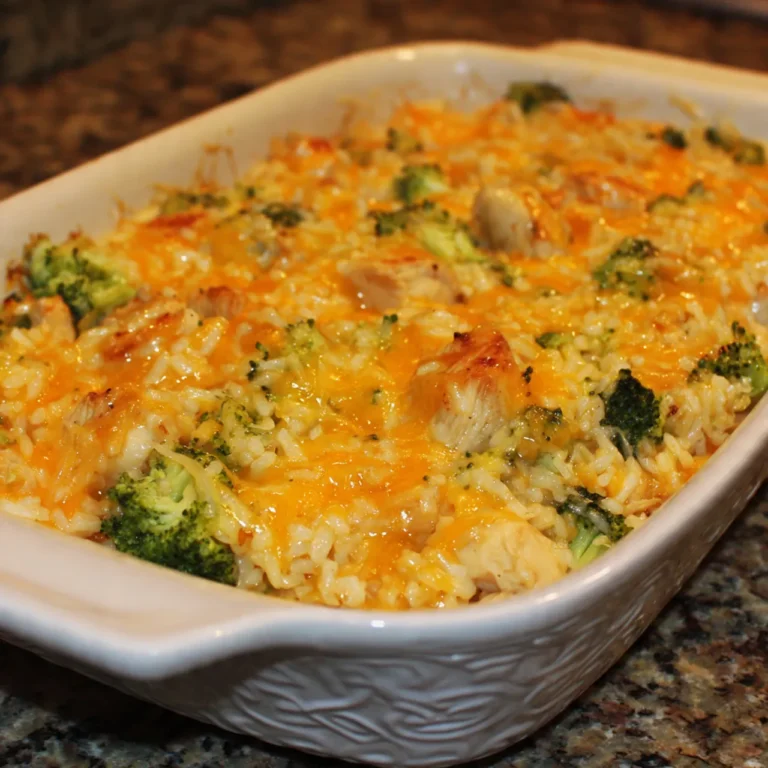Few dishes capture the heart of comfort food like Sweet Potato Casserole. It’s a timeless recipe that blends the natural sweetness of tender, creamy sweet potatoes with a buttery, crisp topping—often made with brown sugar and pecans. This casserole is more than just a side dish; it’s a warm embrace on a plate, bringing together nostalgia, tradition, and irresistible flavor.
Whether it’s part of your Thanksgiving spread, a Christmas dinner favorite, or a simple Sunday family meal, this dish continues to stand out for its perfect balance of sweetness, texture, and heartwarming aroma.
In this complete guide, we’ll explore everything you need to know about sweet potato casserole—from its origins and nutritional benefits to step-by-step preparation, creative variations, and serving tips to make it truly unforgettable.
A Brief History of Sweet Potato Casserole
The roots of the sweet potato casserole stretch back to early American history. Sweet potatoes have been cultivated in the Americas for centuries, long before European settlers arrived. Native Americans valued them as a vital food source for their natural sweetness and nutritional content.
However, the modern version of sweet potato casserole as we know it—creamy mashed sweet potatoes topped with a crunchy or marshmallow layer—originated in the early 20th century. The marshmallow topping gained popularity in the 1910s when it was promoted by a marshmallow manufacturer as part of an advertising campaign. Since then, the recipe has evolved to include pecan streusels, oats, or even praline toppings, depending on regional traditions.
Today, sweet potato casserole remains a beloved symbol of Southern hospitality and holiday warmth—bridging generations around the table.
Why Sweet Potato Casserole Deserves a Place at Your Table
Sweet Potato Casserole isn’t just a delicious side—it’s nutrient-rich, versatile, and crowd-pleasing. Here’s why it continues to shine on every menu:
- Nutritional powerhouse – Sweet potatoes are rich in fiber, vitamins A and C, potassium, and antioxidants that support eye health and immunity.
- Naturally sweet and creamy – Their smooth texture and caramel-like flavor make them ideal for both sweet and savory preparations.
- Perfect make-ahead dish – You can prepare the casserole in advance and bake it fresh when ready to serve.
- Customizable toppings – Whether you prefer a nutty streusel or gooey marshmallows, you can adjust it to your taste.
- Holiday essential – No Thanksgiving or Christmas dinner feels complete without a scoop of warm, golden sweet potato casserole.
Ingredients You’ll Need
The beauty of this recipe lies in its simplicity. You don’t need fancy ingredients—just wholesome, natural components that blend beautifully together.
For the Sweet Potato Filling:
- 4 large sweet potatoes (about 3 pounds)
- ½ cup unsalted butter, melted
- ½ cup brown sugar (light or dark)
- ¼ cup granulated sugar (optional for extra sweetness)
- ½ cup milk or cream
- 2 large eggs, beaten
- 1 teaspoon vanilla extract
- 1 teaspoon cinnamon
- ¼ teaspoon nutmeg
- ¼ teaspoon salt
For the Pecan Streusel Topping:
- ½ cup all-purpose flour
- ½ cup brown sugar
- ¼ cup butter, softened
- 1 cup chopped pecans
Optional Marshmallow Topping:
- 2 cups mini marshmallows (for a more traditional version)
Step-by-Step Instructions
1. Prepare the Sweet Potatoes
- Wash and scrub your sweet potatoes thoroughly.
- Place them on a baking sheet and roast at 400°F (200°C) for about 45–60 minutes, until fork-tender.
- Alternatively, you can peel, cube, and boil them for 20 minutes—but roasting enhances the flavor and natural sweetness.
Once cooked, allow them to cool slightly, then remove the skins.
2. Mash the Potatoes
In a large mixing bowl, mash the sweet potatoes until smooth. Use a hand mixer or potato masher to eliminate any lumps.
Add the melted butter, sugars, milk, eggs, vanilla, and spices. Mix until everything is well combined and creamy.
3. Prepare the Topping
In a separate bowl, combine flour, brown sugar, softened butter, and pecans. Stir until the mixture forms a crumbly texture. This will give your casserole that signature crunchy, buttery finish.
4. Assemble the Casserole
- Grease a 9×13-inch baking dish with butter or cooking spray.
- Pour the sweet potato mixture evenly into the dish.
- Sprinkle the pecan streusel topping evenly over the top.
If using marshmallows, you can either:
- Bake with the streusel only, then add marshmallows during the last 10 minutes to brown them perfectly.
- Or skip the streusel and cover the entire top with marshmallows for a traditional touch.
5. Bake and Serve
Bake in a 350°F (175°C) oven for about 30–35 minutes, or until the top is golden and slightly crisp.
Let it cool for 10 minutes before serving. The aroma of caramelized pecans, brown sugar, and buttery sweet potatoes will fill your kitchen with pure comfort.
Tips for the Perfect Sweet Potato Casserole
- Roast, don’t boil: Roasting draws out the natural sugars and gives a deeper, richer flavor.
- Don’t overmix: Once you add the eggs, mix gently to keep the texture light.
- Balance the sweetness: Adjust sugar to your preference. Some like it dessert-sweet, others prefer a subtle sweetness for savory meals.
- Texture contrast: The best casseroles balance creamy interiors with crunchy toppings.
- Make it ahead: Assemble the dish a day before, refrigerate, and bake fresh before serving.
Sweet Potato Casserole Variations
There are countless ways to adapt this recipe to your taste and dietary needs:
1. Classic Marshmallow Topping
For those who grew up with the traditional version, a blanket of toasted marshmallows offers irresistible nostalgia. Bake the casserole for 25 minutes, then top with marshmallows and broil for 2–3 minutes until golden.
2. Pecan Praline Style
Add a Southern twist by making a caramelized topping with brown sugar, butter, and chopped pecans—crisp, buttery, and sweet.
3. Savory Version
Skip the sugar and marshmallows; add herbs like thyme, rosemary, and black pepper. Top with breadcrumbs and cheese for a sophisticated dinner side.
4. Vegan Sweet Potato Casserole
Replace butter with coconut oil or vegan margarine, use almond milk instead of dairy milk, and swap eggs for a flaxseed mixture (1 tbsp ground flax + 3 tbsp water per egg). It’s equally creamy and delicious.
5. Gluten-Free Option
Use certified gluten-free flour or almond flour for the topping. The texture stays just as satisfying.
Nutritional Benefits of Sweet Potatoes
Sweet potatoes are more than a comfort food—they’re a nutritional powerhouse:
| Nutrient | Benefit |
|---|---|
| Vitamin A (Beta-Carotene) | Supports vision and immune health |
| Vitamin C | Boosts immunity and skin health |
| Fiber | Aids digestion and promotes fullness |
| Potassium | Balances blood pressure |
| Antioxidants | Protect against inflammation and aging |
Compared to white potatoes, sweet potatoes have a lower glycemic index and higher nutrient density, making them a better choice for balanced meals.
Serving Suggestions
Sweet potato casserole pairs beautifully with:
- Roast turkey or chicken
- Glazed ham
- Green bean casserole
- Cranberry sauce
- Stuffing or cornbread
For a complete meal, serve it warm with a touch of cinnamon or nutmeg sprinkled on top.
Make-Ahead and Storage Instructions
- Make-Ahead: Assemble the casserole without baking. Cover tightly and refrigerate for up to 2 days. When ready to bake, bring to room temperature and bake as directed.
- Freezing: You can freeze the casserole (unbaked or baked) for up to 2 months. Thaw overnight in the fridge before reheating.
- Reheating: Warm leftovers at 350°F for 15–20 minutes. Add a few extra pecans on top for freshness.
Frequently Asked Questions
1. Can I use canned sweet potatoes?
Yes, but fresh sweet potatoes give a deeper, more natural flavor. If using canned, drain and reduce the added sugar slightly.
2. Can I make this without eggs?
Yes, substitute 1 tablespoon of cornstarch or a flaxseed mixture per egg for binding.
3. How can I reduce the sweetness?
Simply cut the sugar in half or skip the marshmallows. The natural sweetness of the potatoes will still shine through.
4. Can I use yams instead of sweet potatoes?
In most U.S. stores, “yams” are actually sweet potatoes. True yams (native to Africa) are starchier and less sweet—so stick to orange-fleshed sweet potatoes for this dish.
Why Sweet Potato Casserole is a Holiday Essential
The enduring charm of sweet potato casserole lies not just in its flavor, but in what it represents—connection and comfort. Every spoonful brings back memories of family gatherings, laughter around the table, and the warmth of shared traditions.
It’s a dish that transcends seasons. While it’s often tied to Thanksgiving or Christmas, it also fits beautifully into any cozy dinner or potluck event. It’s the kind of recipe that gets passed down through generations, slightly tweaked by each cook, yet always familiar.
Tips for Hosting with Sweet Potato Casserole
If you’re planning a holiday dinner or Thanksgiving feast, here are a few presentation and hosting ideas:
- Serve it in a rustic ceramic baking dish for a homely touch.
- Garnish with a few toasted pecans or a sprinkle of sea salt flakes.
- Pair it with seasonal drinks like apple cider, mulled wine, or pumpkin spice lattes.
- Add mini name cards or garnish tags if you’re serving buffet-style.
Conclusion: The Heart of Holiday Cooking
Sweet Potato Casserole represents everything we love about home-cooked meals: warmth, tradition, and joy. It’s simple yet elegant, indulgent yet nourishing. Whether you make it classic with marshmallows or sophisticated with pecans, it remains a centerpiece of comfort at any gathering.






